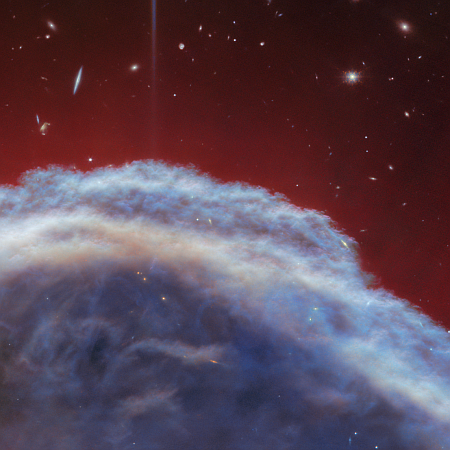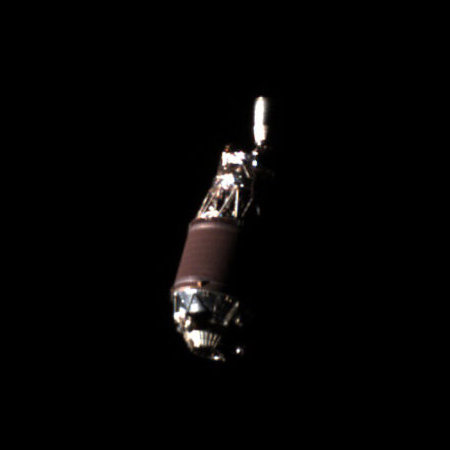ESA is taking the Vega rockets away from Arianespace and giving it to the company that builds it
Capitalism in space: The European Space Agency (ESA) is in the process of taking control of the Vega family of rockets away from its commercial arm, Arianespace, and returning that ownership to the Italian company, Avio, that builds those rockets.
In late 2023, ESA member states agreed to allow Avio to market and manage the launch of Vega C flights independent of Arianespace. When the deal was initially struck, 17 flights were contracted through Arianespace to be launched aboard Vega vehicles. While these missions are still managed by Arianespace, Avio is working with the launch provider to strike a deal that would allow the Italian rocket builder to assume the management of all Vega flights.
The article’s focus is on a new contract that ESA has just awarded to Vega through Arianespace. noting that this contract will likely be shifted to Avio before launch in 2025.
This decision continues the process of slowly killing off Arianespace. Instead of relying on this government entity to build and market its launch operations, ESA is instead going to become a customer only, relying on competing commercial rocket companies for its launch services. When Avio completes its takeover of Vega, Arianespace will only be responsible for the Ariane-6 rocket, which is built by ArianeGroup and essentially owns it as well. Expect that rocket to be shifted completely to ArianeGroup. At that point Arianespace will no longer have any reason for existing, and will be shut down.
Capitalism in space: The European Space Agency (ESA) is in the process of taking control of the Vega family of rockets away from its commercial arm, Arianespace, and returning that ownership to the Italian company, Avio, that builds those rockets.
In late 2023, ESA member states agreed to allow Avio to market and manage the launch of Vega C flights independent of Arianespace. When the deal was initially struck, 17 flights were contracted through Arianespace to be launched aboard Vega vehicles. While these missions are still managed by Arianespace, Avio is working with the launch provider to strike a deal that would allow the Italian rocket builder to assume the management of all Vega flights.
The article’s focus is on a new contract that ESA has just awarded to Vega through Arianespace. noting that this contract will likely be shifted to Avio before launch in 2025.
This decision continues the process of slowly killing off Arianespace. Instead of relying on this government entity to build and market its launch operations, ESA is instead going to become a customer only, relying on competing commercial rocket companies for its launch services. When Avio completes its takeover of Vega, Arianespace will only be responsible for the Ariane-6 rocket, which is built by ArianeGroup and essentially owns it as well. Expect that rocket to be shifted completely to ArianeGroup. At that point Arianespace will no longer have any reason for existing, and will be shut down.











